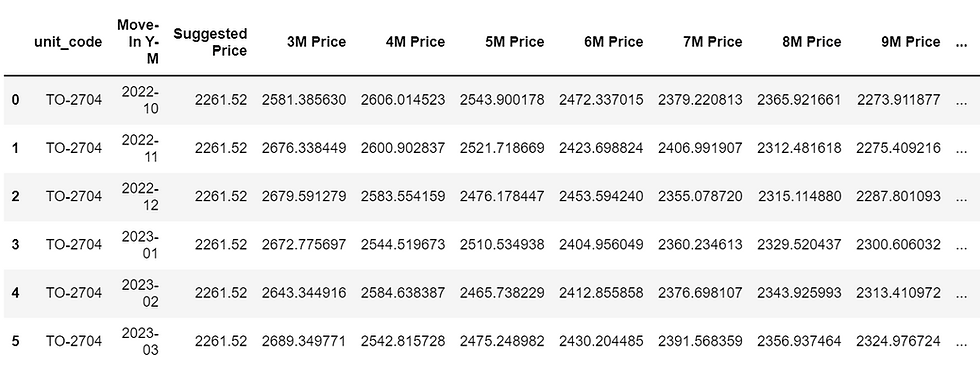Customer Segmentation with RFM analysis - Explained
- michaelwoolfson
- Jan 28, 2022
- 3 min read
In today’s world, customers’ demands and expectations continue to rise. Customers are looking for more products when they shop, gathering more information before making a purchasing decision, and expect a shopping experience that properly identifies with their individual needs and preferences. As every customer now has a unique customer journey, no longer can retailers use a one-size fits all approach when attracting customers. Instead, a personalized and customized approach is necessary to win the battle against ever growing competition.
One way to gain an advantage over the competition and meet the modern consumers rising expectations is through a customer segmentation analysis. Through customer segmentation, your business can more effectively align your strategy with, and better target, prospective customers.
What is a Customer Segmentation Analysis
Quite simply, customer segmentation is when a business will split their customers into different customer groups based on a number of possible factors. As each of these customer groups is a subset with similar customers, businesses can tailor their outreach, marketing efforts, customer service, and more to be much more effective and efficient.
There are 4 (some say 5) main types of customer segmentations that a business can run on their customers.
1. Demographic Segmentation:
2. Behavioral Segmentation:
3. Geographic Segmentation:
4. Psychographic Segmentation:
Although each of these methods is effective in its own right, and it often depends on what you are trying to get out of the segmentation to determine which method you should use, we are going to focus on a behavioral segmentation in this article. Specifically, we are going to discuss the importance of an RFM (recency, frequency, monetary) segmentation.
RFM Analysis
An RFM analysis is a type of behavioral segmentation technique that focuses on three main aspects of customers’ transactions: Recency, Frequency, and Monetary.
What does this mean?
- Recency: How recently customers made their latest purchase
- Frequency: How often customers have made purchases
- Monetary: Total value of customer purchases over the given time frame
To complete an RFM Analysis, the first thing you need is transactional data. Using this data, you isolate each customer (using their customer_ID) and derive each of the three components. For recency, you calculate how many days it has been since their most recent purchase. For frequency, you count how many times this customer has purchased something from your store. Finally, for monetary you calculate the total amount of money spent per customer. Now that you have the RFM information for each customer, you give them a score from 1-5 based on the percentile of each category they are in.

Now that each customer has their individualized RFM scores, it is time to segment them into customer groups. There is no set way to do this step, as it is important you consider your business situation and what you want out of the segmentation. Some possible groups may include:
Champions: Bought recently, buy often, and spend the most money.
Loyal Customers: Not yet champions - bought fairly recently, buy fairly often, and spend an above average amount of money.
At-Risk: Have bought frequently and spent a lot of money, but haven’t bought recently.
Needs Attention: Customers who have above average frequency of purchase, but haven’t been back very recently.
Potential Loyalist: New customers who have spent a lot of money.
Etc…
Use Cases of an RFM Analysis
An RFM Analysis can be used for many different purposes. The main use case is to tailor your marketing efforts and outreach. For example, you may want to reward your customers who are ‘champions’ for their loyalty to the brand through a loyalty program and let them know when you have new product introductions. These customers clearly show a willingness to pay and shop at your business, so instead of offering discounts you can make product recommendations based on previous purchases. For the group of customers that are ‘at-risk’, you may want to offer a discount to get them back to purchasing from your business.
Conclusion
To conclude, utilizing a customer segmentation to better target your customers can have many benefits. You can develop customer insights for each group, improve marketing results, spend less on outreach as you know who to target with each campaign, and overall increase your marketing ROI. The first step of conducting a customer segmentation analysis is to collect and organize your data, which organizations like us can help you with. If you want to learn more about how conducting a customer segmentation analysis can improve your business, or how to get started – reach out today for a free consultation or try our demo to learn more!








Comments